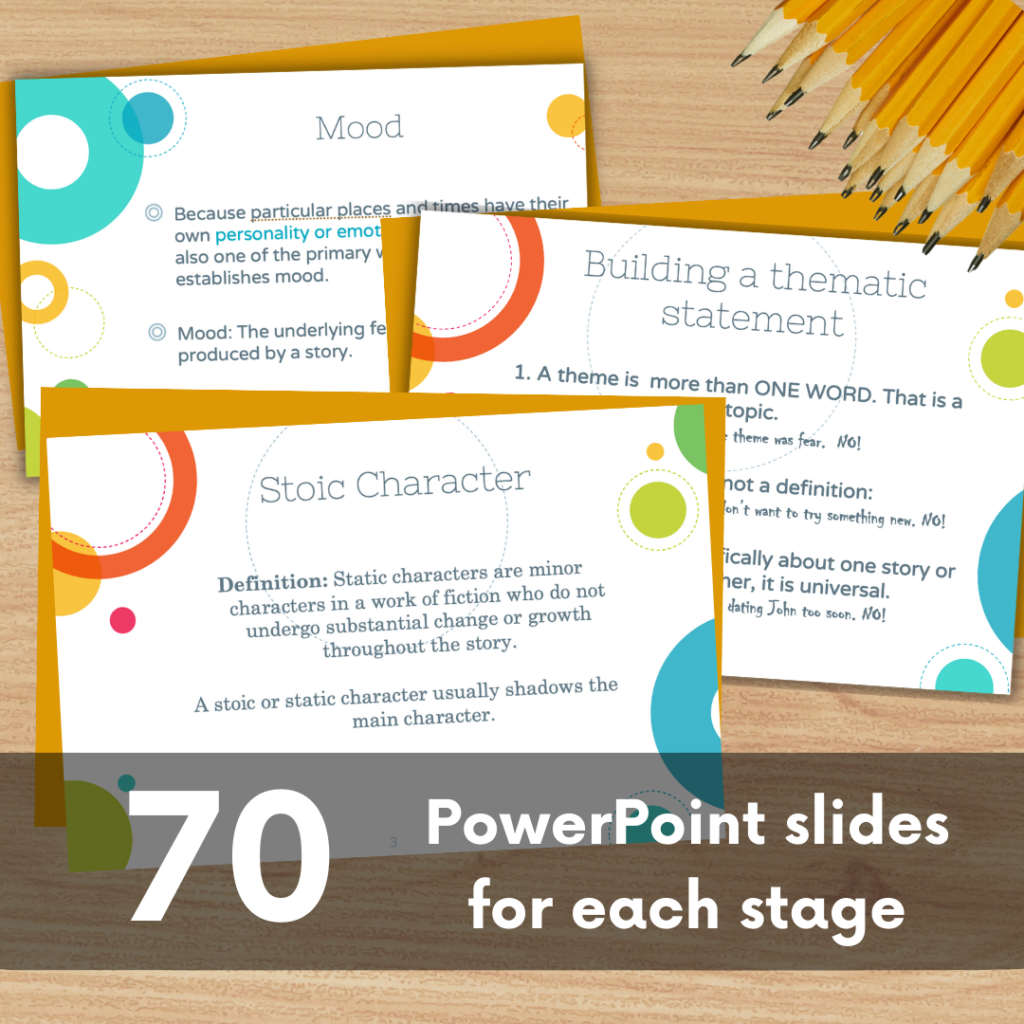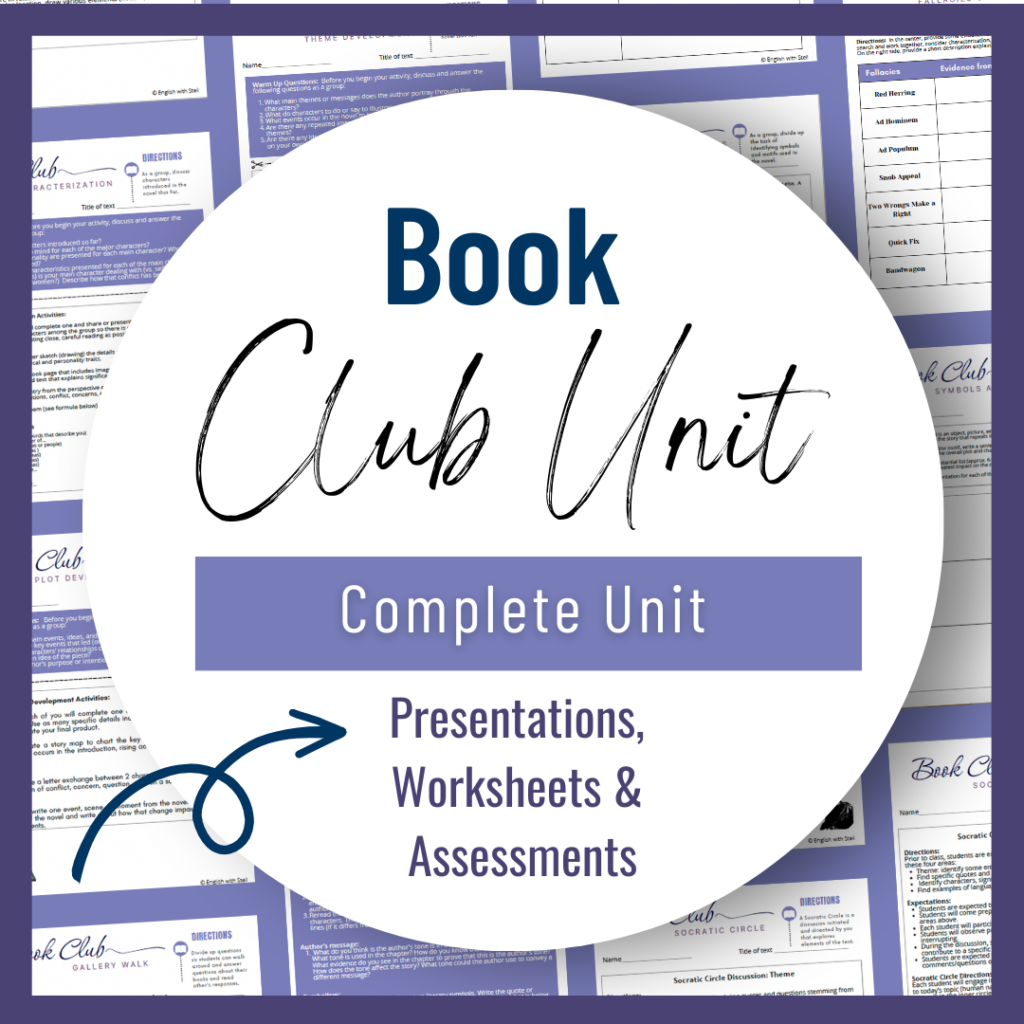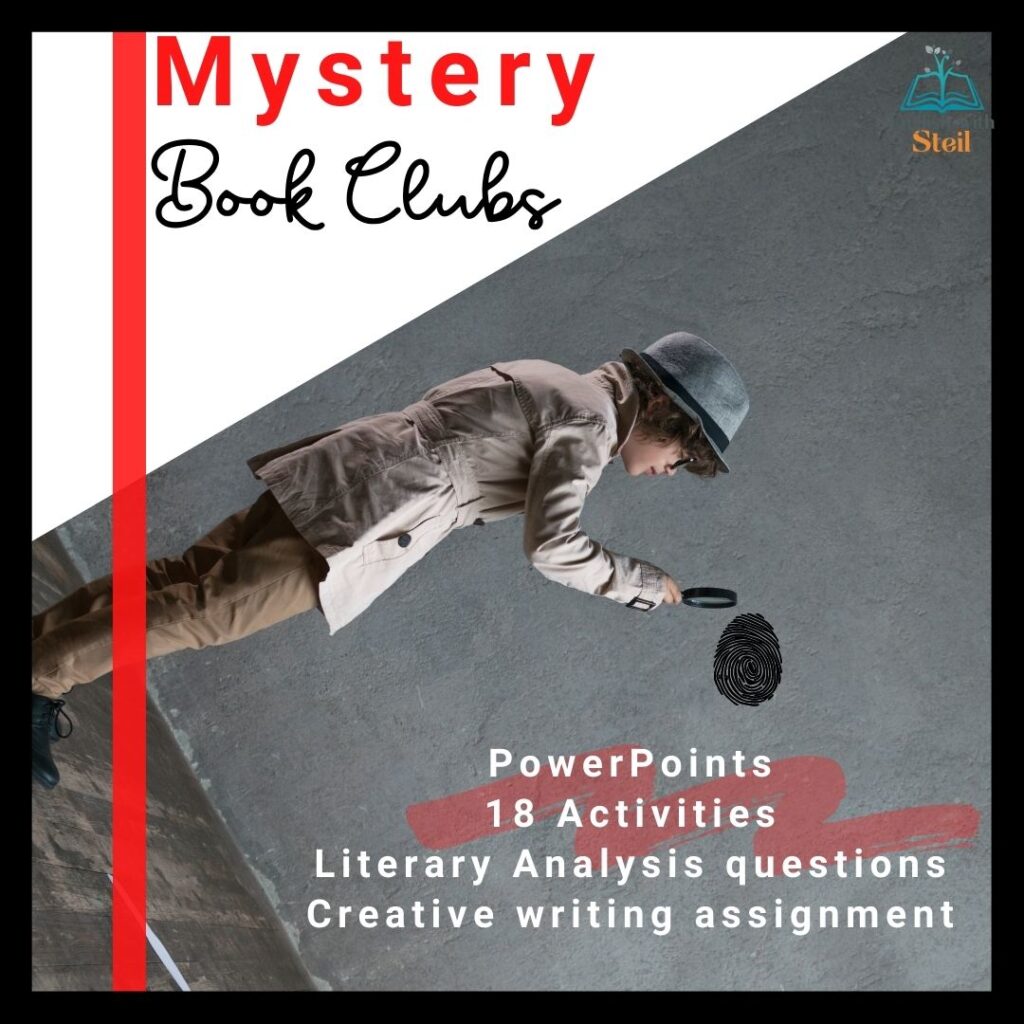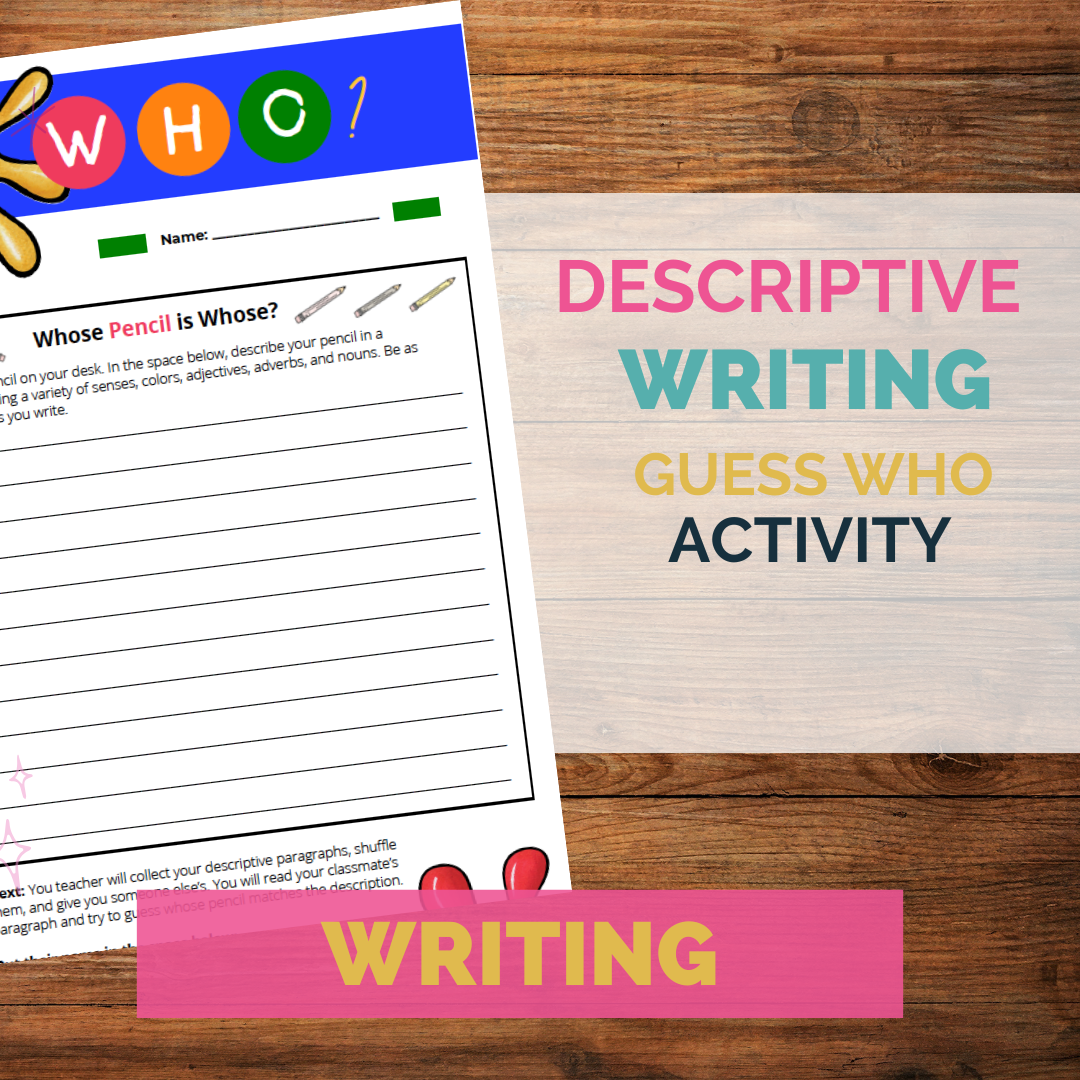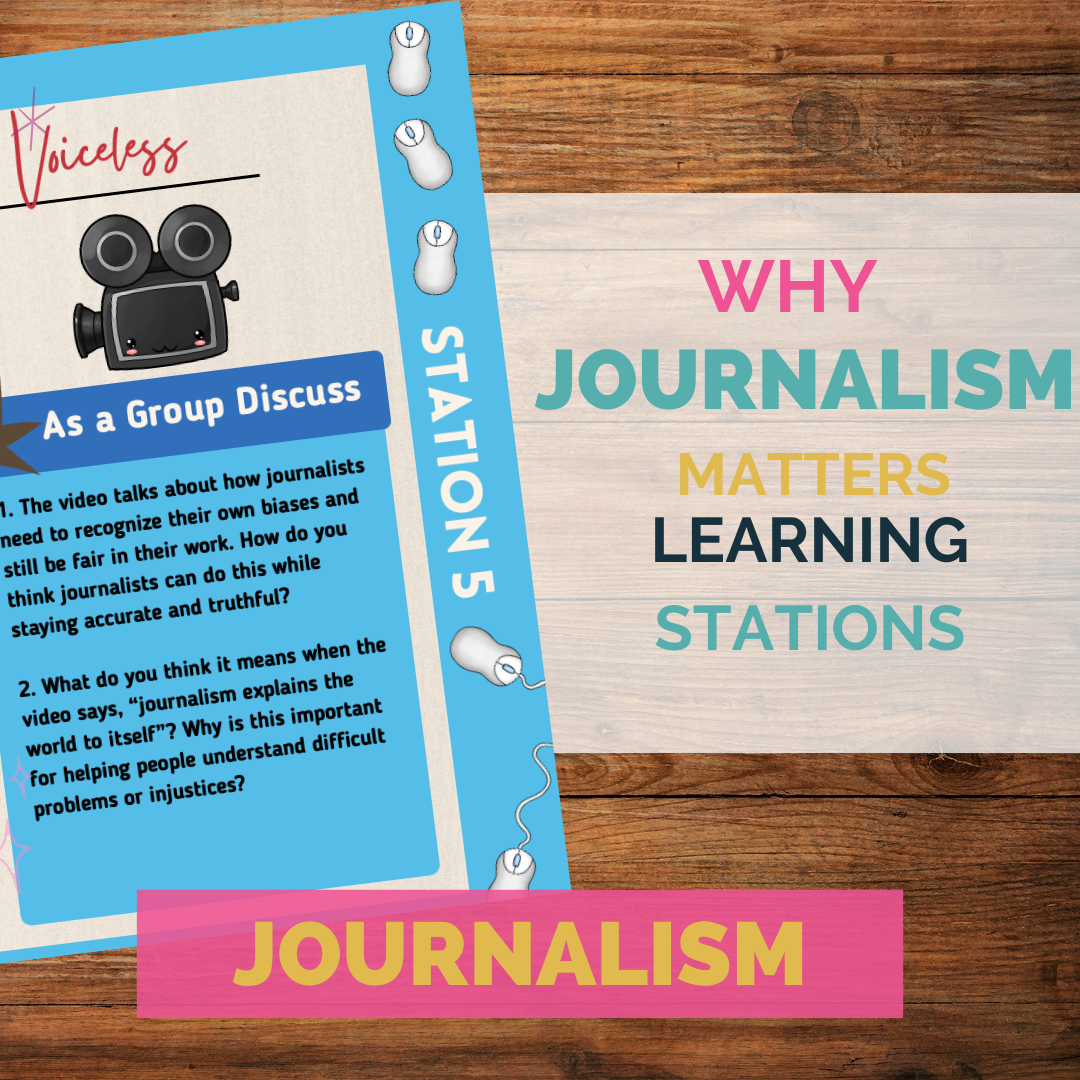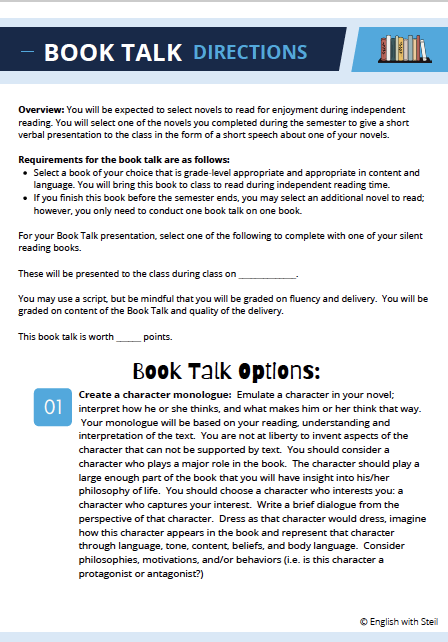
Independent Reading has been one of my standard classroom traditions since I started teaching over 20 years ago. While I have tweaked the timing, frequency, and practices throughout the years, my students have always had the luxury of enjoying some time each week to dig into a book of their choice during class time.
Creating an environment that supports academic goals, while providing students the independence and freedom to enjoy reading is a balancing act.
1. Research Best Practice
One way for a beginner to approach independent reading is to spend some time with the 180 Days by Penny Kittle and Kelly Gallagher. This book includes everything you need to get a solid foundation into the beliefs and practices around setting up your class for independent reading and fostering a joy of reading and writing. What I loved about this book in particular is their approach towards building student agency and creating a culture where reading, writing, modeling, and collaboration is woven into the fabric of your classroom on a daily basis. This also includes teaching techniques like modeling reading for students and organizing curriculum around independent reading.
2. Setting up Routines
Another tip is to be mindful of routines. When I first started doing independent reading in my classroom I tried to squeeze it in between everything else we were doing and hoped for the best. This created a sense of chaos for students and actually diminished the importance of what I was trying to achieve. Research shows that when students are actively and consistently engaged in independent reading, it helps build vocabulary skills and fluency. Once I started building routines into my classroom for independent reading, my students knew they could look forward to reading, they consistently remember to bring the books to class every day. And it held me accountable for ensuring this was an important and valued piece of my curriculum. Here’s an example of a Reading Log I use in my class to help students keep track of the pages they are reading and has space for students to write comments so they remember where they left off.
3. Literature Circles
Something else to consider when embedding independent reading in your classroom is approaching this from the standpoint of literature circles. One thing that Kittle and Gallagher discuss in 180 Days is varying the organizational approach of the classroom. For example, many language arts teachers use core texts as their primary instructional method.
However, incorporating literature circles and independent reading books allows students to scaffold their learning and apply their own personal engagement with a text on a deeper level.
One example of a literature circles I use is using mystery novels. I divide up my students into groups of 4-5, knowing that anything larger than that can be ineffective. Each group reads a different mystery novel, however the activities in this teaching pack allow students to all be consistently working on the same academic reading and writing skills throughout the unit.
4. Independent Reading Unit
Another way I embed independent reading in my classroom is through my independent reading unit. Every student selects his or her own book to read for this unit. Depending on the course you’re teaching you may want to set some parameters around the level, genre, or content the students are reading.
This Book Choice Teaching Pack includes a variety of activities to guide students through literary analysis, with a specific focus on theme, characterization, setting, and language analysis.
5. Assessing Learning
The final element of independent reading is ensuring that students know that while they are reading for enjoyment they are also being held accountable to produce something based on the book they read. For a long time, I simply held space in my classroom for students to read, but never actually had them produce anything with the book they were reading. While one can argue this is what they will do when they get older, we have to remember that embedding independent reading in our classroom should be intentional and for academic reasons. Therefore, I created a series of Book Talk options for students to use to demonstrate their engagement with the book they read. I try to embed choice in this project so it Is consistent with my intention to provide students choice in their books. These book talk projects are diverse in their nature so students can select the one that most closely relates to the book they read, the content read about, or just their own personal approach to engaging with their text.
Check out the following independent book choice resources from my fellow teacher colleagues:
Independent Reading for Middle and High School by The Secondary English Coffee Shop
Teaching theme with independent reading by Room 213
Independent Novel Study (no-prep for any text) by The Classroom Sparrow
Creative Activities for any novel by Tracee Orman


